I first learned I had scoliosis when I was in the sixth grade. My mom was rubbing my back and she thought it felt weird. Therefore, we went to the doctor and she used a measuring tool to determine that I might have a curve in my spine. That appointment marked the beginning of my journey with adolescent idiopathic scoliosis.
Diagnosed with an “S” curve
We made our way to the Crawford Spine Center at Cincinnati Children’s. Dr. Mehlman ordered an X-ray and discovered that I had double curves, or an “S” shaped curve in my spine. Both curves were at least 30 degrees. I learned that it was important to stop the progression of scoliosis because it can lead to breathing and heart problems down the road.
The options for correcting scoliosis are bracing and surgery. Dr. Mehlman recommended bracing because my curves weren’t particularly big at this point. In the beginning, the brace wasn’t too bad. I was able to take a four-hour break from it each day. The straps went over my shoulders and it could be seen under my clothes. However, after eight months of wearing the brace, I was ready to get rid of it. Perhaps that was good timing because when I went back for a monthly checkup about a year later, I learned that my curves had increased to almost 70 degrees. It was time for surgery.
Surgery to correct “S” curve
Dr. Mehlman recommended that I have two titanium rods inserted into my spine. I was pretty nervous leading up to surgery, but Dr. Mehlman and his staff put me at ease. They walked me through what the surgery entailed and explained what recovery would be like.
So in April of 7th grade, I had the surgery. I had to miss over a month of school to recover, but it didn’t set me back too much.
Recovery following surgery
The physical recovery, however, was difficult. I had to figure out how to do things without bending my back. The little things were the toughest, like tying my shoes. I had to raise my foot to get to it. Just finding a way to sit and feel comfortable was also hard. I hauled a pillow with me everywhere I went, even at school.
Swimming, too, took some adjusting. I had worked really hard before surgery and was proud of the progress I had made on swim team. After surgery, I basically had to start over. It was frustrating, but I took it a practice at a time, and slowly made my way back. Butterfly and flip turns were the hardest skills to relearn, but eventually I was able to do a modified version of each. By 10th grade I had regained most of my strength and skill.
My recovery was longer than most because of the severity of my two curves prior to surgery. I wanted to attend a concert at the end of the summer following surgery, so I used that as my motivator. I kept up with my exercises and walked up stairs to help build strength. The Maroon 5 concert was awesome!
After surgery and beyond
The good news is that once I got past the recovery period, and learned my limitations, things went back to “normal.” Or, should I say, I adapted to my new normal. I can’t touch my toes, and probably won’t ever be able to. I know that if I stand for a long time or walk a long distance, my back will hurt. Similarly, I can’t lift heavy objects. But these are small adjustments to make to know that the rods are keeping my spine where it needs to be.
Attending college and on university rowing team
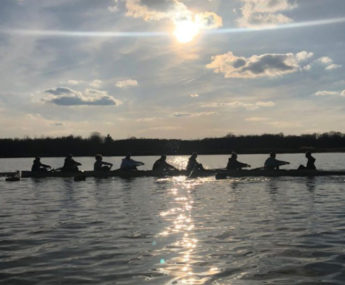
It’s been seven years since my surgery. I’m now in college, attending Ohio Wesleyan University, and on the rowing team. I am the coxswain, a role in which I really enjoy. Rowing is tough for me because it requires a lot of back bending. Being the coxswain allows me to be a part of athletics, but stay within the limitations of my condition. Plus, I really like guiding and motivating my teammates.
The best part is that scoliosis doesn’t occupy much of my mind, or time. I’ll think about it and make adjustments if I reach a limitation. But other than that, it’s not much of a consideration. I think my checkups are even spread out to every five years, unless I encounter an issue. While my journey with scoliosis will never be over, it’s such a small subset of my life. My focus now is college studies and leading my rowing team to a victory.
To learn more about our Crawford Spine Center, please call 513-803-2750 or submit an online form for more information.

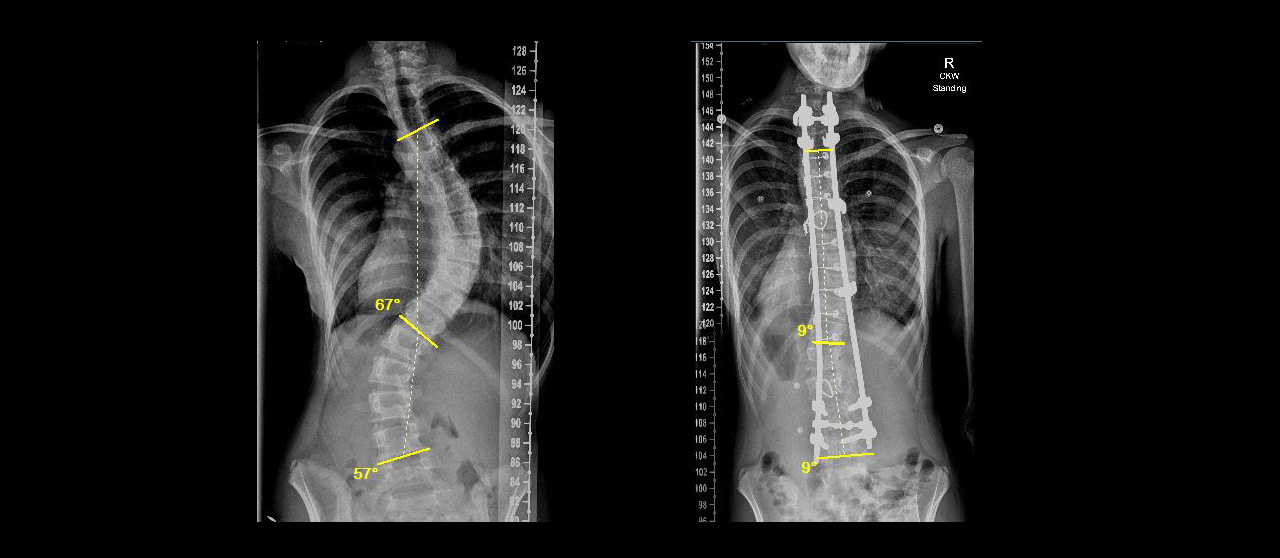
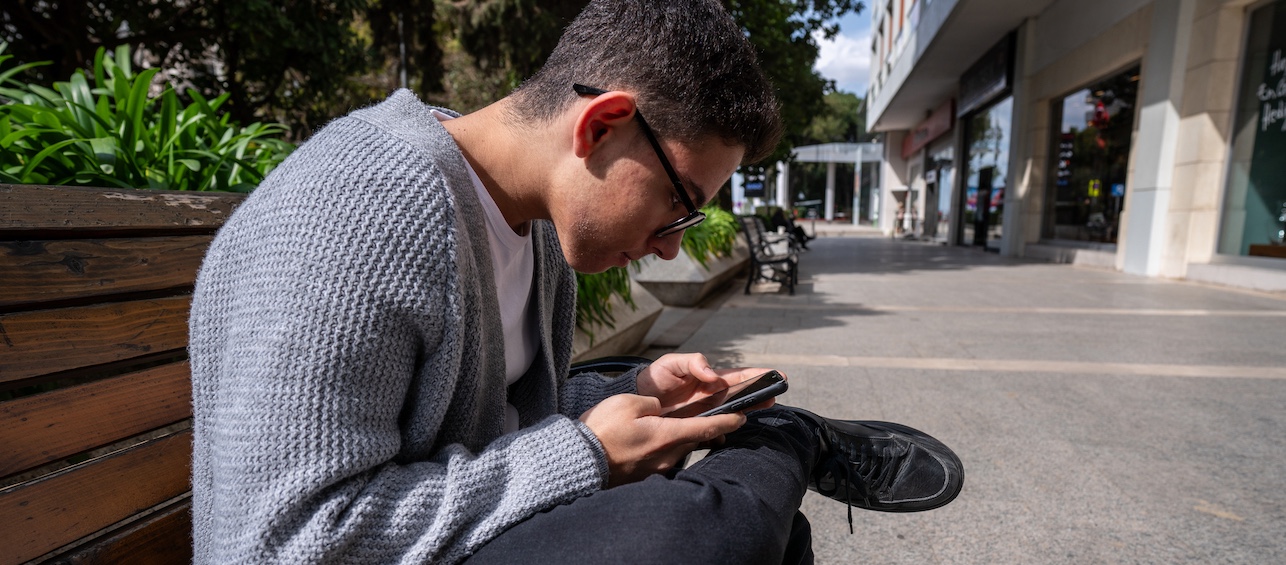
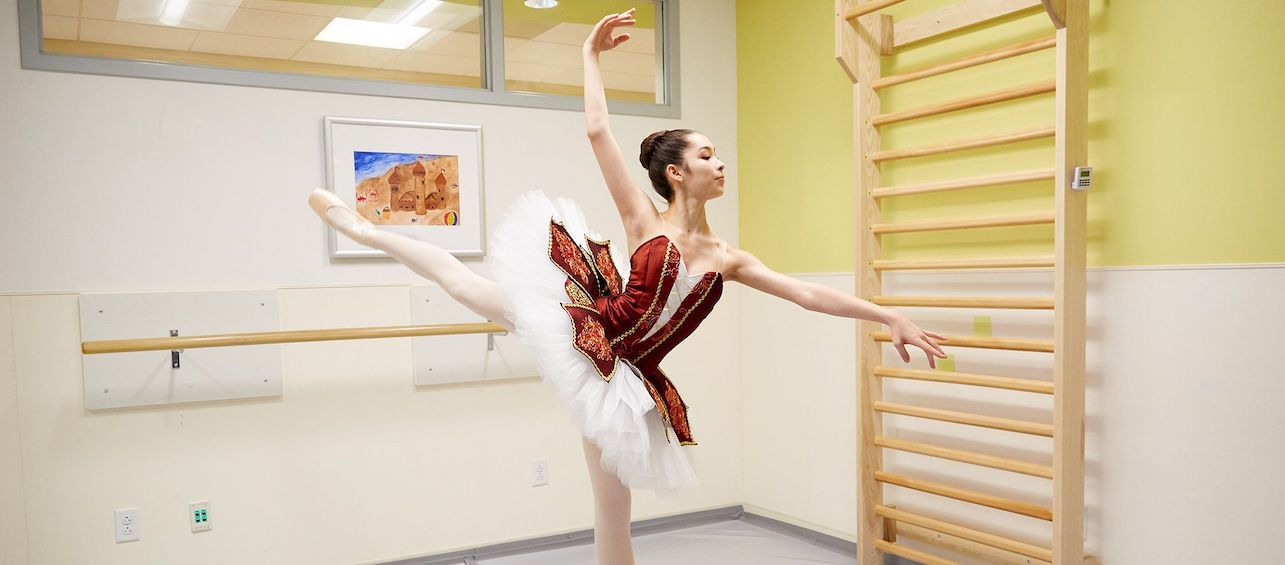
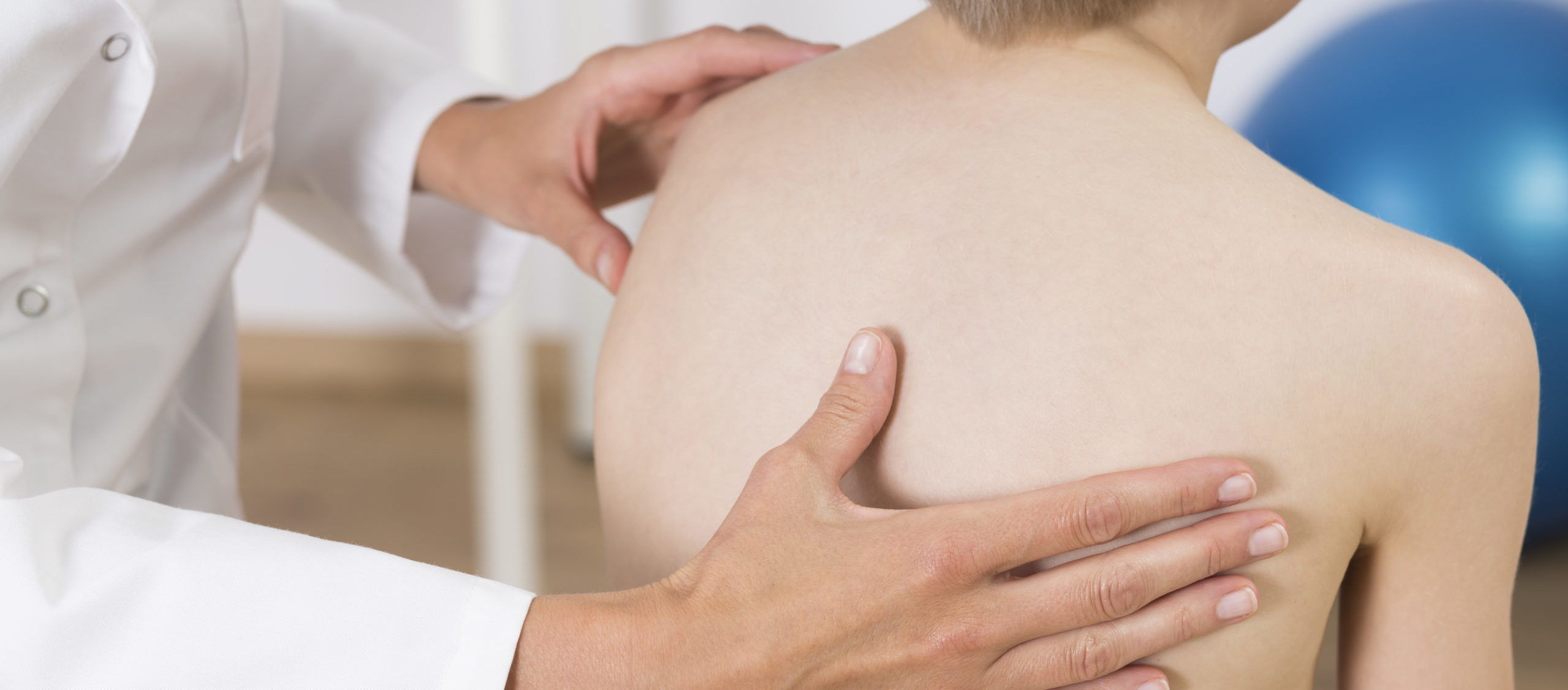
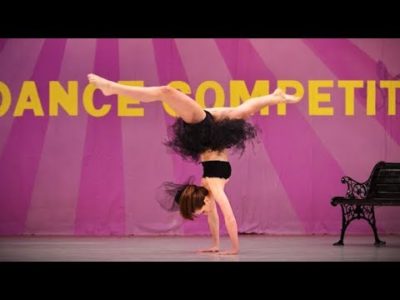
Way to go Madeline! You’re a great example of hope and inspiration. That’s quite a feat considering what you’re dealing with. Your great attitude and determination will take you far.